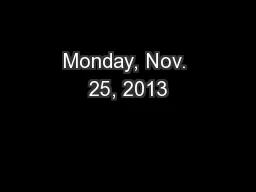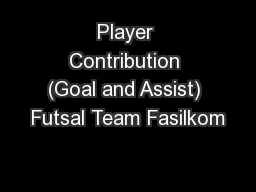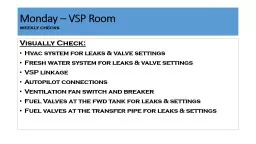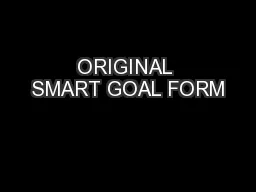PPT-MONDAY 2/29/16 Learning Goal:
Author : dsuser1 | Published Date : 2020-08-04
D escribe the main characteristics of cnidarians E xplain why coral reefs are important Warm up What makes up a coral reef Homework Finish all questions on packet
Presentation Embed Code
Download Presentation
Download Presentation The PPT/PDF document "MONDAY 2/29/16 Learning Goal:" is the property of its rightful owner. Permission is granted to download and print the materials on this website for personal, non-commercial use only, and to display it on your personal computer provided you do not modify the materials and that you retain all copyright notices contained in the materials. By downloading content from our website, you accept the terms of this agreement.
MONDAY 2/29/16 Learning Goal:: Transcript
Download Rules Of Document
"MONDAY 2/29/16 Learning Goal:"The content belongs to its owner. You may download and print it for personal use, without modification, and keep all copyright notices. By downloading, you agree to these terms.
Related Documents














